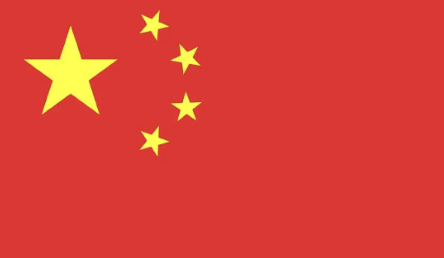Sachima (沙琪玛), also known as Sha Qi Ma or Ma Zai in Hong Kong, is a traditional Manchu sweet pastry derived from the Manchu word “sacima” (ᠰᠠᠴᡳᠮᠠ). This beloved treat features deep-fried dough strips bound with sweet syrup, creating a honey-colored confection known for its soft, fluffy texture and rich osmanthus-honey fragrance.
Historical Origins
Originally serving as a ceremonial offering at the Three Tombs beyond the Great Wall during the Qing Dynasty, Sachima gained prominence in Beijing after the Manchus established their rule. When the Qing Dynasty began in 1644, the treat quickly became one of the capital’s signature year-round pastries.
Culinary Evolution
Its popularity grew among caravan traders along Beijing’s western trade routes due to its filling nature and long shelf life. This inadvertently helped spread this Manchu delicacy across China. Recent studies have revealed connections to “Feng Gao,” a similar festive treat used in Mid-Autumn Festival celebrations, particularly in Shandong’s Yishui County.
Cultural Significance
In Hong Kong, where it’s known as “Ma Zai,” an interesting gambling superstition emerged—some believe eating Sachima brings luck in horse racing, playing on the word “ma” (horse) in its name.
Name Origins
Historical Manchu-Chinese dictionaries like the “Five-Language Mirror of Qing” define sacima as “sugar-wrapped” treats. The original recipe called for white flour fried in sesame oil, mixed with syrup, and sprinkled with washed sesame seeds.
Fascinating Legends
Three popular origin stories exist:
The “General Sa” Legend is a tale of a quick-thinking chef who accidentally created a treat for a demanding general named Sa.
The “Vengeful Baker” Story is about an elderly baker whose goods were destroyed by a horseman, leading to the name “kill the horseman,” which evolved into “Sachima.”
The “Nurhachi’s Favorite” Account: The most credible story tells of a general named Sachima, whose wife created this long-lasting treat for military campaigns, impressing Emperor Nurhachi so much that he named it after him.
Traditional Recipe
Historical records in “Annual Customs of Yanjing” describe the original recipe using rock sugar, butter, and white flour. Modern preparation methods, standardized in 2009 by Chinese authorities, typically involve:
Combine eggs and flour to create strips that resemble noodles.
Deep-frying these strips
Combine them with a syrup consisting of white sugar, honey, and butter.
Shaping the mixture into rectangular blocks
Despite its delicious taste, modern health consciousness has led to warnings about its high caloric content (approximately 200 calories per piece, with 54% fat content).

The “General Sa” Legend: A tale of a quick-thinking chef who accidentally created the treat for a demanding general named Sa.
The “Vengeful Baker” Story: About an elderly baker whose goods were destroyed by a horseman, leading to the name “kill the horseman” which evolved into “Sachima.”
The “Nurhachi’s Favorite” Account: The most credible story tells of a general named Sachima whose wife created this long-lasting treat for military campaigns, impressing Emperor Nurhachi so much that he named it after the general.
Traditional Recipe
Historical records in “Annual Customs of Yanjing” describe the original recipe using rock sugar, butter, and white flour. Modern preparation methods, standardized in 2009 by Chinese authorities, typically involve:
Mixing eggs with flour to make noodle-like strips
Deep-frying these strips
Binding them with a syrup made from white sugar, honey, and butter
Shaping the mixture into rectangular blocks
Phoenix Lee https://chinese-tradition.com/sachima-ancient-manchu-sweet-treat.html
